What Is a “Dash?” And Other Nonsensical Units of Measurement
I am guilty of this. I'm constantly saying things like, "Oh, just add a pinch of salt" or a "dash of pepper" or a "dollop" of Greek yogurt. Part of the problem with this is that I don't tend to measure things. Now, I hear the gasps of shock and horror. And I entirely understand the sentiment. Whenever I come across a recipe that I've never made before in another unit of measurement or some gobbledygook gibberish measurements, I just stand there dumbfounded for a moment. Exactly what unit of measurement a "gill" is? I haven't the foggiest.
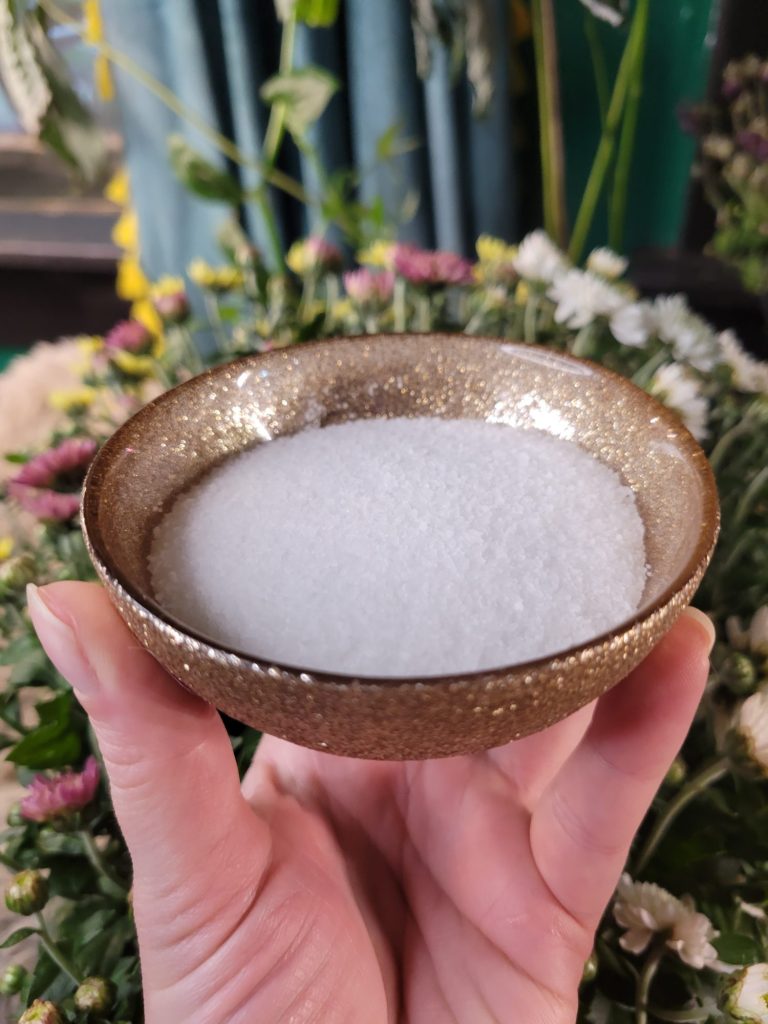
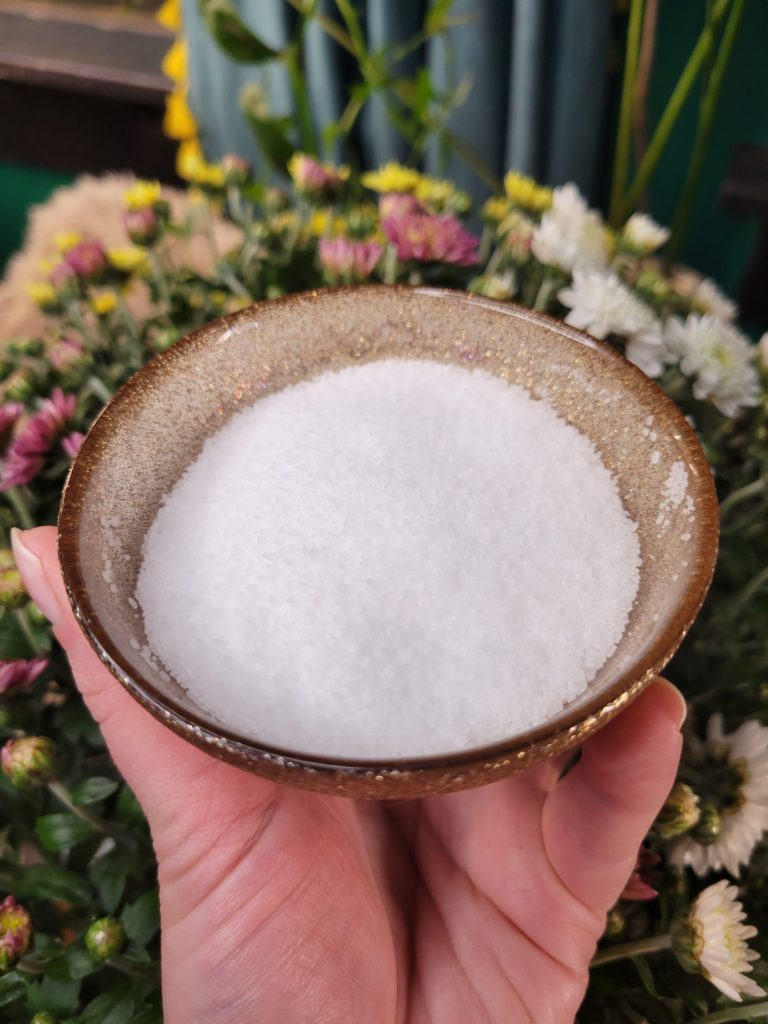
Common Obscure Culinary Shorthand
For those who are prone to precision, this lackadaisical "splash" of ingredients is mind-boggling. If you're not used to doing something, hence the need for a recipe in the first place, this almost defeats the entire point of looking up how to do something in the first place.
| Hint | 1/128 |
| Drop | 1/64 teaspoon |
| Smidgen | 1/32 teaspoon |
| Pinch | 1/16 - 1/8 teaspoon |
| Dash | 1/16 - 1/8 teaspoon |
| Tad/Bit | 1/4 teaspoon |
| Splash | 1-3 teaspoons |
| Drizzle/Dollop | 1/2 - 1 tablespoon |
| Knob | 1-2 tablespoons |
| Handful/Finger | 2 tablespoons |
| Gill | 1/2 cup |
I have a much larger and more in-depth version of this at the conclusion of this article. I have no ads, there are minimal slowly loading photographs, and it is at the very bottom of the page if you want to skip the article and simply scroll down!
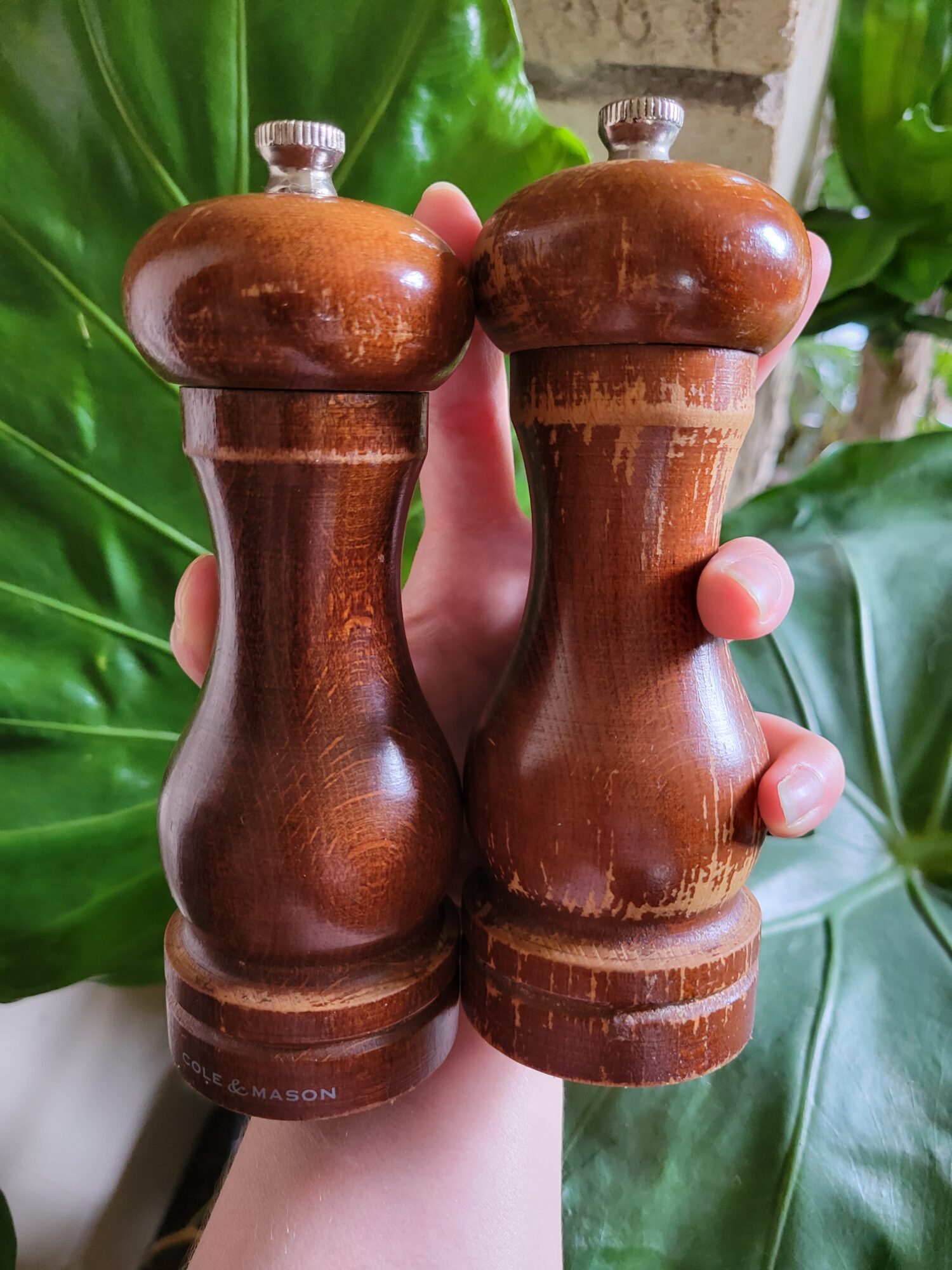
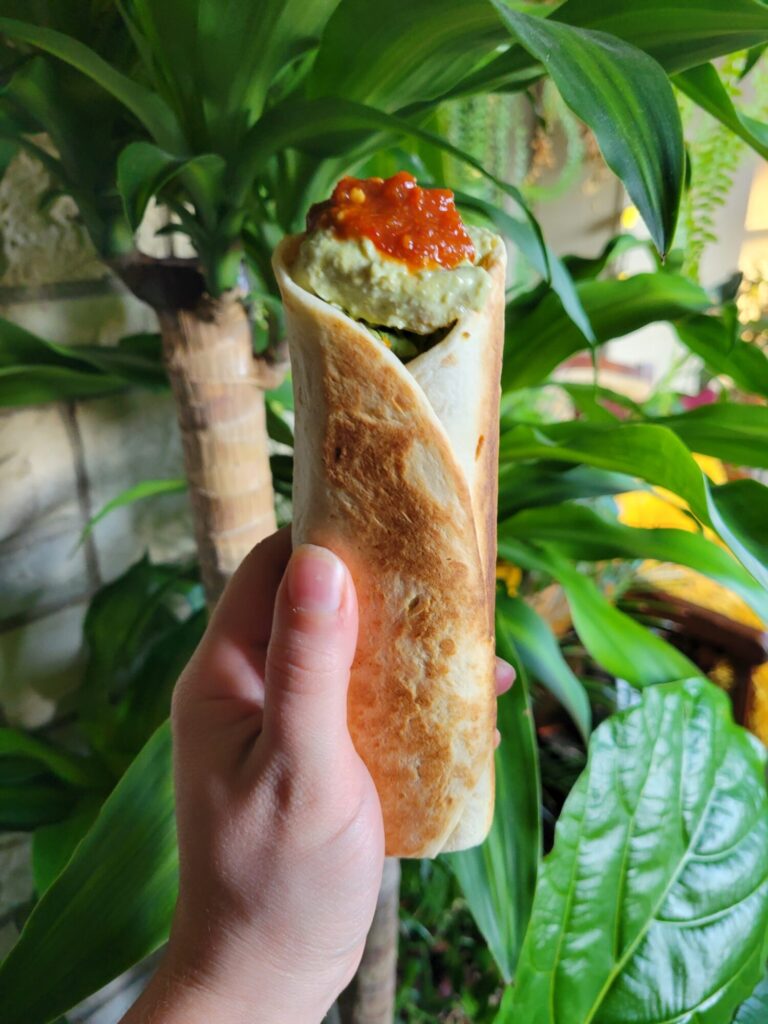
Why Do I Use Colloquial Measurements Sometimes?
I do sometimes use imprecise units of measurement. There are a couple of times where I almost always do this and I have a precise reason for each. The problem is that they're sometimes intentionally obscure. They're an intentionally ambiguous guesstimation of what the person cooking the meal thinks is right. It's the lazy way of eyeballing something when you don't care enough to be precise about it. And it's both useful and infuriating for the exact same reason.
Dash of Salt & Pepper
The most prevalent colloquial measurement in my cooking is a "dash" of salt and pepper. I do this for a couple of reasons. The first is that everyone's tolerance of salt and pepper is different. Americans are well known for using more salt than the vast majority of the rest of the world. And what might be fine for one person tastes like a salt lick to another and is going to seem vastly under seasoned to someone else.
Different types of salt and pepper also have different intensities and flavor profiles. Himalayan sea salt and table salt, for instance, aren't interchangeable in the same quantities. This is also something to note for baking because those weight distributions are oftentimes created with Kosher table salt in mind. Substituting other types of salt can throw off the baking ratios.
I also tend to use a salt and pepper grinder, which uses larger chunks of salt and pepper and is going to have a more intense flavor than the pre-ground varieties. This means that I'm going to need a lot less freshly cracked pepper than someone else with it in the shaker variety.
What all of this means is that you can't just say "add 1 tsp. of salt" to most recipes. Unless you precisely specify what type of salt and an explanation of your own personal preference? This isn't going to work universally across everyone's pantry.
Dollop of Hot Sauce
Another place that I oftentimes use imprecise units of measurement is when I'm adding a dollop of something on top of a dish. A dollop of sour cream and a dollop of hot sauce on top of nachos. I say a "dollop" in these scenarios because it really doesn't matter how much you put. You can add just a little bit for taste or dump the entire container on top. It's really a matter of personal preference.
I could estimate how much I'm using, but that really only has meaning to me. I tend to use about 3 tablespoons sour cream or Avocado Dip per burrito and maybe 1/2 a cup for nachos. Another person might consider this way too much. Another way too little.
You could say the same thing about a dollop of whipped cream on top of cheesecake or ice cream on top of pie. The exact amount really doesn't matter and boils down more to personal preference.
A lot of the time I consider a "dollop" the amount of something that fits on a spoon. If it's a small spoon? That's a dollop. If it's an enormous serving spoon? That's still a dollop.
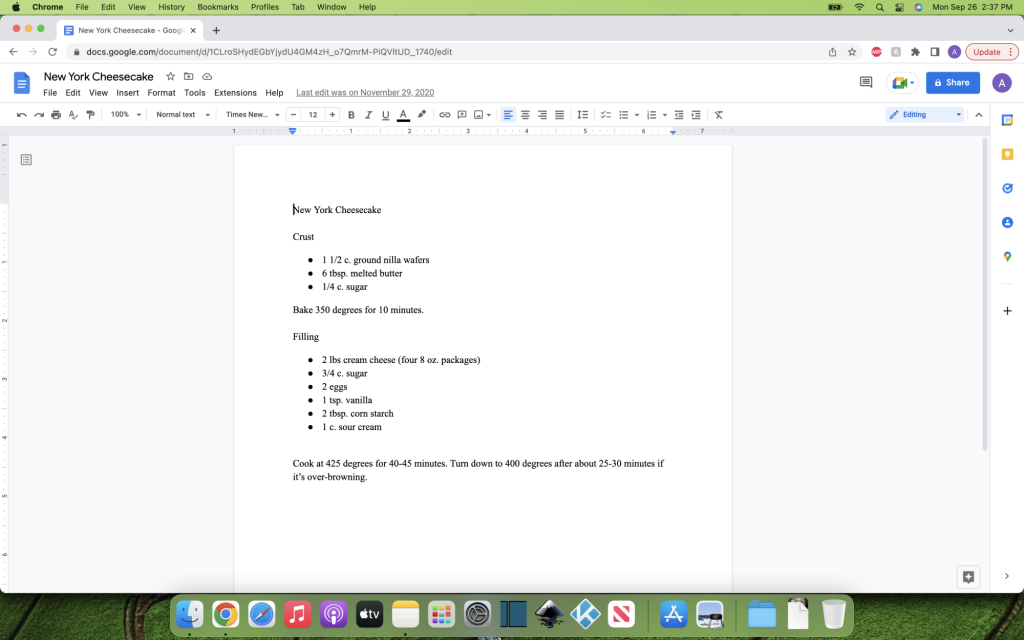

When to NOT Use Ambiguous Measurements & How to Find Good Recipes
There are certain times where using an imprecise measurement isn't the greatest of ideas. Baking is one of the more precise cooking methods. Along with recipes that have too few or too many instructions and the dreaded recipes behind a paywall.
Baking
The obvious answer here is baking. There is a difference between cooking and baking. Cooking you can wing all you want and it might be fine. However, baking cookies, pastries, cakes, bread, et cetera? Is an incredibly precise art form. I don't care that much about the precise nature of cookies and probably won't break out the scale for that.
For more precise baked goods, I'm only going to use recipes with weight measurements. Guessing whether your 1 cup of sifted flour is close enough in weight to their cup isn't a risk that I'm willing to take. And likely why your pandemic bread recipes didn't go as well as you'd pleased.
There are people out there who can and do bake without a recipe. There are countless "but my grandma!" stories out there. And for people who know exactly what they're doing after years or decades of experience and are using their own acquired knowledge of the precise appearance and feel of the dough to determine the pinch of flour that they're going to use?
They are masters of their craft.
If you are not? Go get yourself a damn scale. And only trust recipes that provide the weight measurements. Baking is about ratios of liquids, eggs, fats, and flour. This means that your options are: know exactly what you're doing and don't need a recipe or measurements (probably not you), do some math (certainly not me), or find a recipe with precise weight measurements (a lot simpler).
Recipes w/ Too Few Instructions
Incredibly vague recipes are also problematic. Does it sound like someone doesn't know what they're doing? Or that they just gave you the cliff notes version of the dish? These recipes are oftentimes so vague that, if you've never made it before or don't exactly remember what you're doing (likely why you looked for a recipe in the first place), then
I had a teacher once say that you should write as if your audience is lazy, stupid, and bored. They don't want to read a massive amount, but you have to give them enough to actually follow. And I've definitely done this to myself. My cheesecake recipe just says "Cook at 425 degrees for 40-45 minutes." If I go too long without making a cheesecake? I don't even know what I mean to do for EVERY SINGLE STEP BEFORE BAKING.
Recipes w/ Too Many Instructions
The opposite of this is also problematic where the author attempts to add in absolutely any modified version and optional variation that could possibly exist. The issue here is that they spend so much time telling you what you could do with this that the actual recipe gets lost in the shuffle. Somehow the entire Recipe section has become the Tips & Tricks section and what you're actually supposed to do to make it in the first place just isn't clear any more.
This is a big problem with overzealous food bloggers. Where they earn revenue from the ads on their website. So, the longer that you spend on the site the more money that they make. It doesn't matter if that time is useful for you, as the viewer, as long as you get stuck in the maze long enough for them to build up advertising revenue.
This concept also applies to recipe pages that are one big advertisement and appear to contain very little actual content. Just avoid these completely. If people don't visit them, they will cease to make money and then cease to exist.
Recipes Behind a Paywall
I feel similarly about recipes that hide behind a paywall. This tends to happen when magazines attempt to adapt to the internet format by recreating their exact same model. You get a taste for what you're looking for while standing in line at the grocery store, but have to buy it and take it home with you to reap the benefits.
These recipes tend to come from longstanding, reputable sources. The New York Times does this, for example. These are generally very basic recipes. They're not usually particularly innovative or likely to push boundaries or be the tastiest thing that you've ever eaten. But they do tend to be a good, classic foundational recipes.
I do not pay for recipes behind paywalls out of principle, though. It's a dying business model and really a poor generator of revenue service in this day and age.
Cooking is considered a skill. That's why it's not often something in the United States that's copyrightable. A lot of recipes for the same thing are virtually identical. You need a particular consistency of dough in order to make bread. Not to downplay the complexity because I consider baking a more difficult skill set and I think that anyone who watches the Great British Baking Show would agree. But there are only so many combinations of flour, water, sugar, and yeast out there that will actually still make bread.
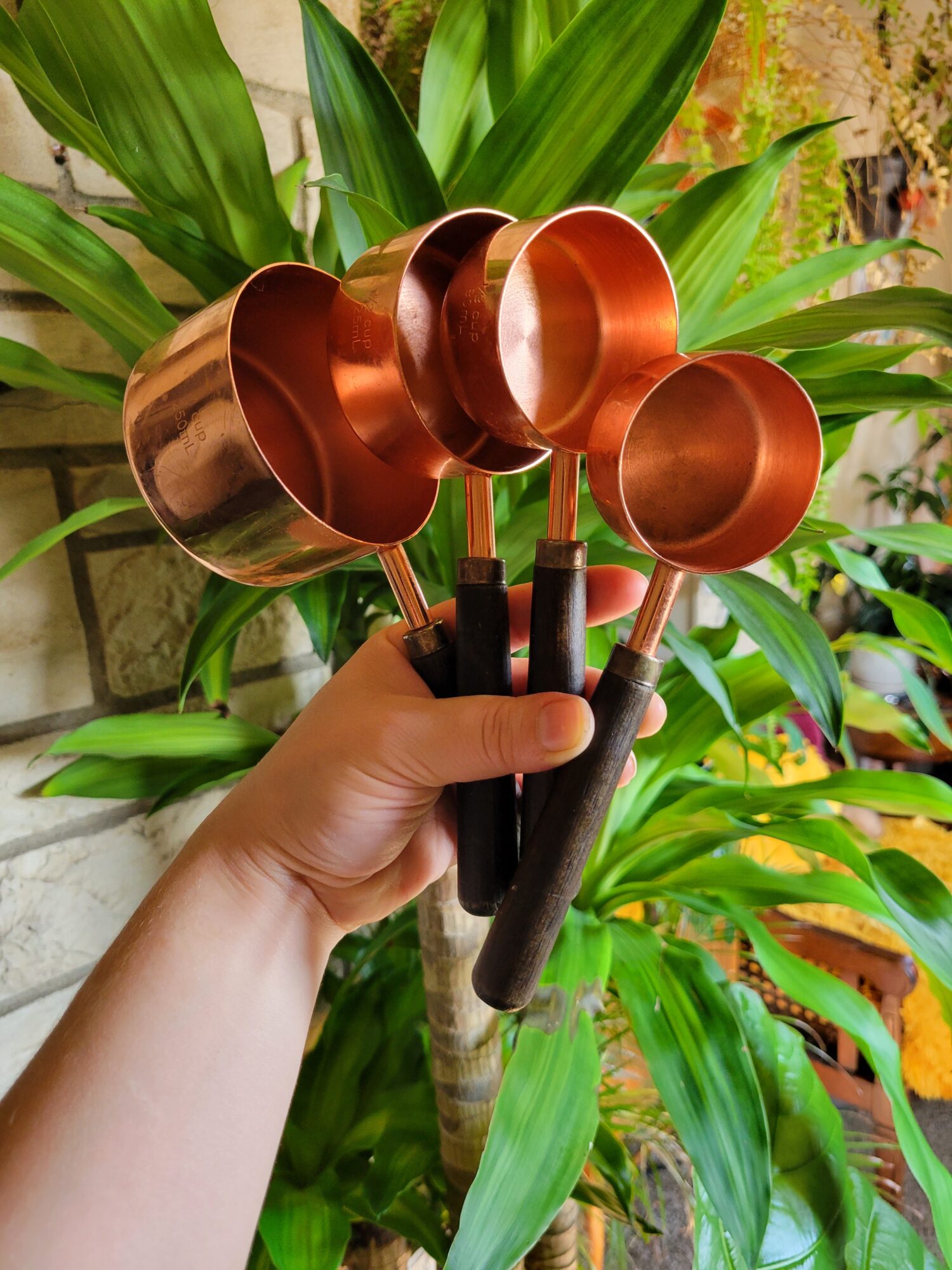
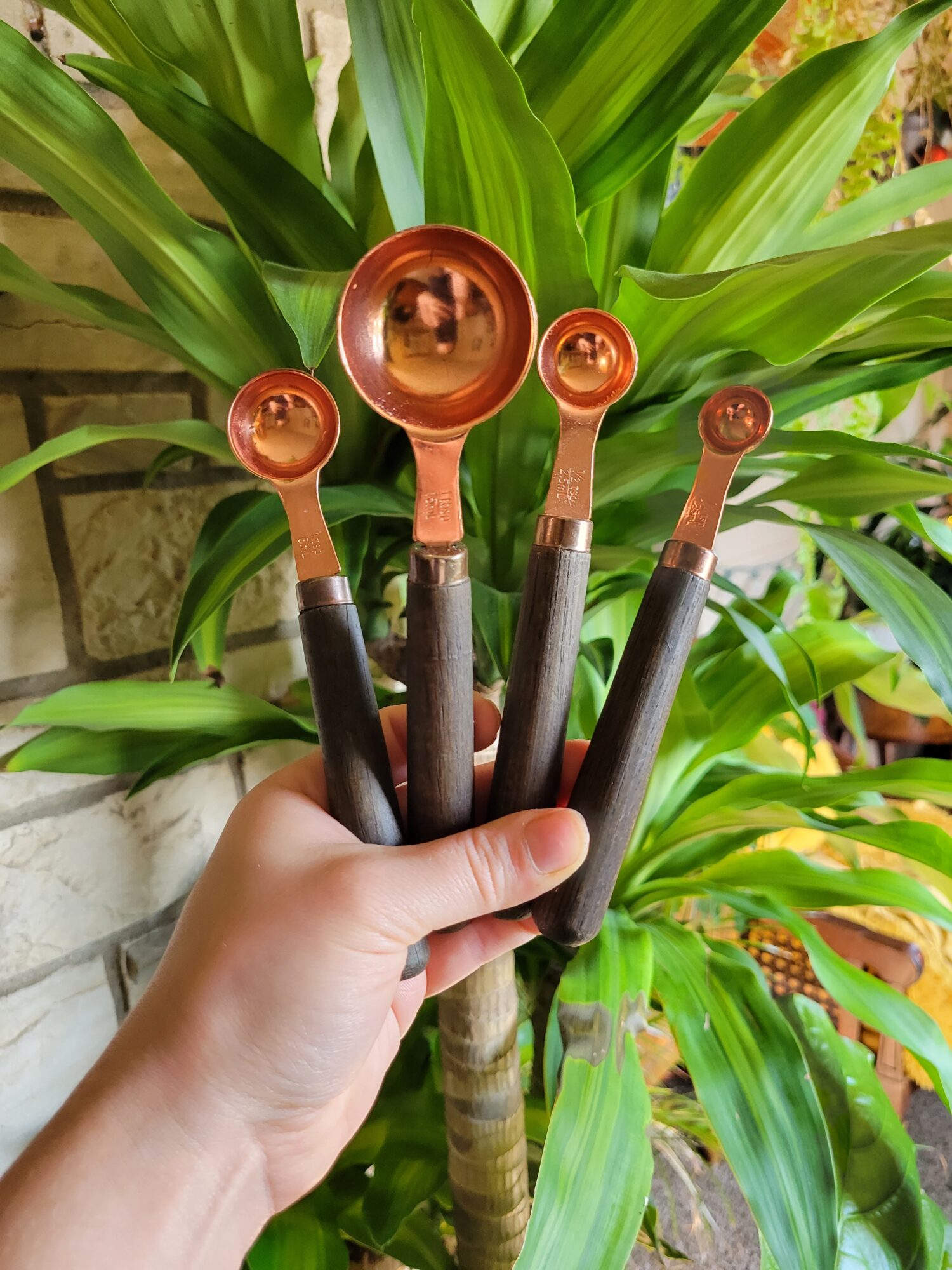
What Exactly Do Those Units of Measurement Mean?
For those who are looking for a more precise answer, there is actually one. For those who don't cook or who just like more precise measurements, being asked to add a "pinch" of something is absolutely infuriating. I come across this all of the time when I'm making a recipe that I've never made before from someone's handwriten chicken scratch gobbledygook that makes absolutely no sense outside of their own mind. I've had people at work look at me and my process and just be like, "My brain doesn't work that way."
And that's entirely fair. There are more precise translations to imprecise units of measurement.
More In-depth Obscure Culinary Shorthand
| Hint | 1/128 | half of a drop |
| Drop | 1/64 teaspoon | a single drop of a liquid, or half of a smidgen |
| Smidgen | 1/32 teaspoon | amount that you would add if you didn't really want to add it, or half of a pinch |
| Pinch | 1/16 - 1/8 teaspoon | amount that fits between your thumb and forefinger, or half of a dash |
| Dash | 1/16 - 1/8 teaspoon | 1 to 8 shakes of a spice, or half of a tad |
| Healthy/Three Finger Pinch | 1/8 - 1/4 teaspoon | amount that fits between your thumb, forefinger, and middle finger, or half of a salt spoon |
| Salt Spoon/Scruple Spoon | 1/4 teaspoon | an adorably tiny spoon made to go in a salt dish, or half of a coffee spoon |
| Tad/Bit | 1/4 teaspoon | 3 pinches |
| Coffee Spoon/Bar Spoon | 1/2 teaspoon | that spoon that comes with coffee jars |
| Tea Spoon | 1 teaspoon | standard American spoon |
| Splash | 1-3 teaspoons | amount of a liquid that pours out if you partially cover the opening and shake |
| Dessert Spoon | 2 teaspoons | slightly smaller than a large American table spoon |
| Table Spoon | 1 tablespoon | large American spoon, or a small handful |
| Drizzle | 1/2 - 1 tablespoon | amount that fits on a standard spoon slowly poured over |
| Dollop | 1/2 - 1 tablespoon | amount that fits into a mounded spoonful |
| Knob | 1-2 tablespoons | generous dollop |
| Handful/Finger | 2 tablespoons | amount that fits in your hand |
| Gill | 1/2 cup | or 1/4 of a pint |
| Scant | varies | slightly less than the full amount, or unpacked unit of a measurement |
| Packed | varies | slightly more than the full amount, or packed unit of a measurement |
(Otto Grill, Obscure Terms of Measurement: What's a Tad, Dash or Smidgen?)
(The Seattle Times: Food & Drink, Kitchen Glossary | Just How Much Is a Pinch?)
(Wikipedia: Approximate Measures)
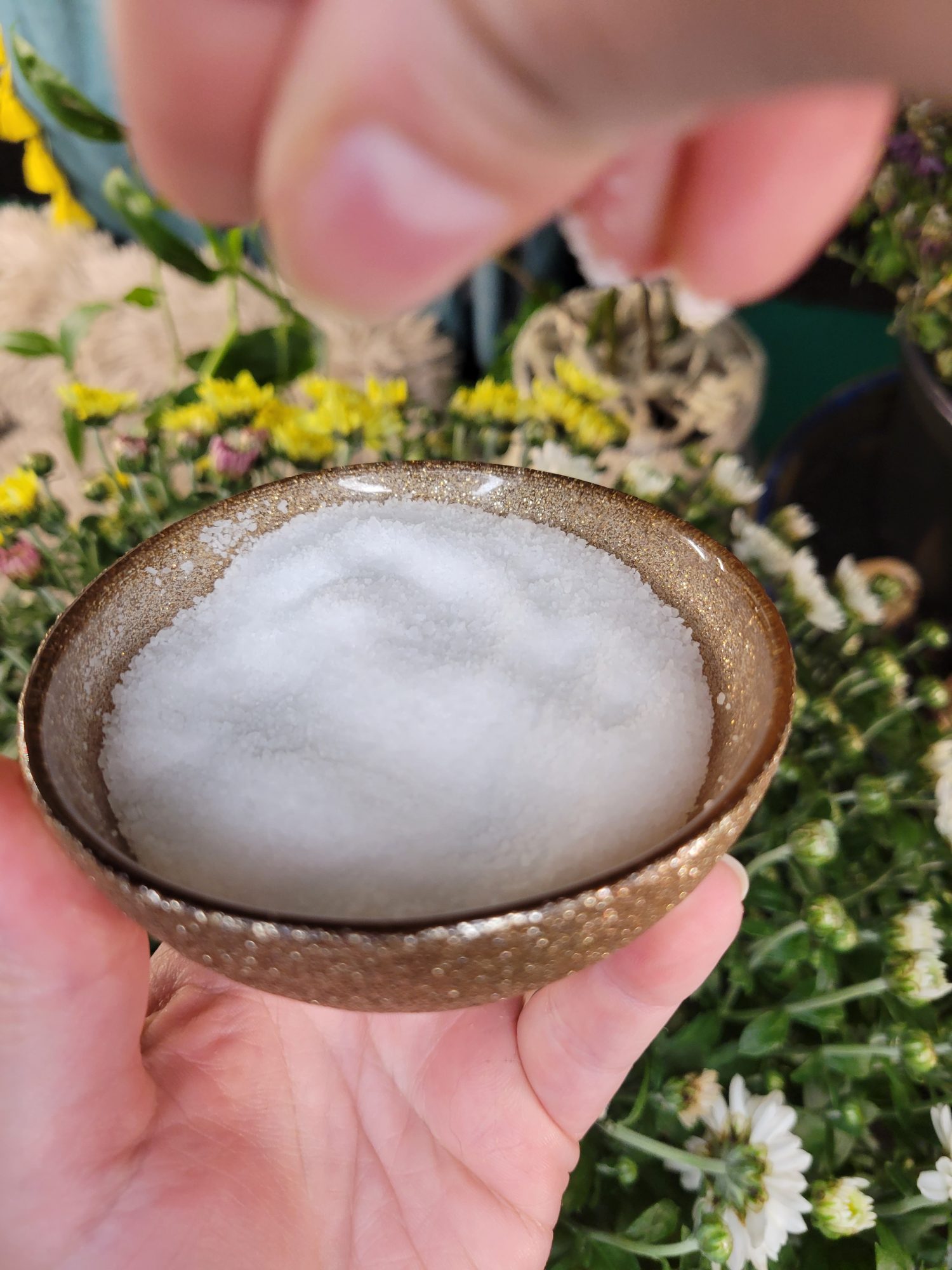
Leave a Reply